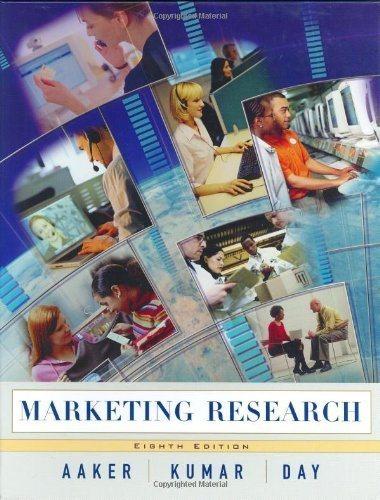Question
Stylz Company, a recent start-up fashion retailer based in the United States, is deciding between opening its first sales presence in either Italys Tuscany Region
Stylz Company, a recent start-up fashion retailer based in the United States, is deciding between opening its first sales presence in either Italys Tuscany Region or Spains Matarrana Region. Stylzs financial group surveyed potential customers in both markets and has compiled a business plan that estimates the financial impact for the first 5 years. This 5-year financial plan estimates that entering Tuscany would generate $9,000,000 of operating income for Stylz in the first year, which would increase by 10% per year throughout the plan period. The plan also estimates that entering Matarrana would generate $5,000,000 of operating income for Stylz in the first year, which would increase by 50% per year throughout the plan period. In addition, after completing its 5-year financial plan focusing on operating income, Stylzs management decided also to conduct a business sustainability analysis. Based on Stylzs strategy, management identified the companys four most important stakeholders for its initial sales region decision to be suppliers, employees, regulators, and the local community (in addition to investors and customers whose insights drove the results of the 5-year financial plan). The results of managements stakeholder engagement analysis, including additional insights with respect to how each stakeholder is expected to impact Stylzs performance measures, are as follows:
Suppliers: Suppliers carry out the sourcing of Stylzs products in the chosen sales region. The existing supplier network in Tuscany is mature and already works with other fashion companies in the region; thus, Stylz could connect with this supplier network at a negligible cost. However, the existing supplier network in Matarrana is much less established because there are fewer competing fashion retailers in the region. While less competition offers greater growth opportunities for Stylz, the Matarrana regions less established supplier network will require Sytlz to spend approximately $5,000,000 during each of its first 2 years in the region in order to create adequate supply chain quality and reliability.
Employees: Employees affect the existence and quality of Stylzs workforce in the new sales region. The stakeholder engagement interaction revealed that the regions have a very similar cost of living (and, therefore, very similar wage rates), as well as sufficient numbers of potential hourly store employees. However, the Tuscany region has significantly fewer potential store managers. As a result, Stylz expects that choosing Tuscany would lead the company to spend an additional $2,000,000 annually to train and develop its store managers that it would not need to spend if it chose the Matarrana region.
Regulators: Regulators affect the cost of Stylz complying with any applicable existing or new regulations. The stakeholder engagement sessions revealed an atmosphere of growing pressure on regulators to increase the number of environmental regulations for companies operating in the region. Stylz management estimates that it would need to spend $1,000,000 annually in the Tuscany region to comply with these fully expected new environmental regulations that it would not face in the Matarrana region. Alternately, stakeholder engagement sessions in the Matarrana region revealed a surprisingly lax atmosphere in which it is commonplace to pay bribes to secure deals and contracts with various necessary business partners in the region. As a result, Stylz management estimates that it would need to spend an additional $3,000,000 annually on training its own employees, as well as many of its business partners, on how to conduct business ethically and in compliance with the Foreign Corrupt Practices Act (FCPA, which is required for all U.S.-based companies). This training would help the company avoid intentional or unintentional unethical activity. Stylz management does not believe it would need to incur this additional FCPA training cost if it chose Tuscany.
Local Community: The local community reflects the general attitude of the underlying population toward a particular company and its policies. Stakeholder engagement sessions suggested that Stylz generally would have the support of the Tuscan community. However, these sessions also revealed a strong undercurrent of resentment among many local residents in the Matarrana region from those residents who do not want a U.S.-based fashion retailer placing its economic, social, or environmental footprint within its community. However, Stylz management believes that its footprint will be significantly positive as it will hire and train local workers, give back to the community through various programs and new community parks, and employ state-of-the-art environmental policies throughout its value chain that will have a net-zero impact on the environment. Stylz management estimates that it would need to spend $1,500,000 each year to convince the Matarrana community of its significantly positive footprint. In addition, if the Matarrana region is chosen, Stylz management believes it would need to spend an additional $3,500,000 in the first year only in order to win the approval of the most influential activist group in the community.



Step by Step Solution
There are 3 Steps involved in it
Step: 1

Get Instant Access to Expert-Tailored Solutions
See step-by-step solutions with expert insights and AI powered tools for academic success
Step: 2

Step: 3

Ace Your Homework with AI
Get the answers you need in no time with our AI-driven, step-by-step assistance
Get Started


